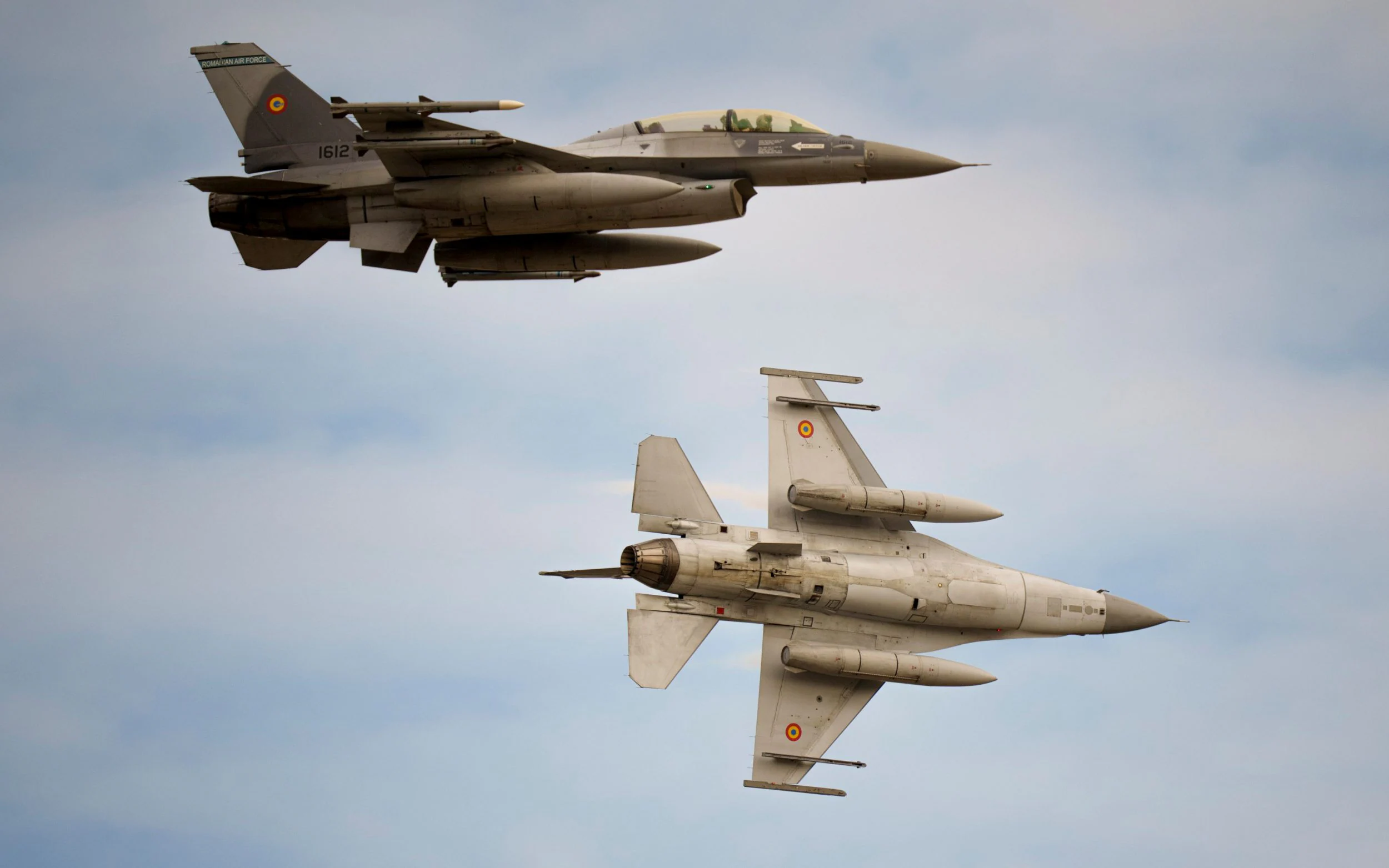The initial delivery of F-16 fighter jets from NATO allies has arrived in Ukraine. These US-made warplanes are designed to provide a crucial boost to Ukraine as it seeks to counteract Russia’s air superiority.
The delivery occurred just before the deadline for transferring the aircraft, and it remains uncertain whether Ukrainian pilots will be able to immediately pilot the jets in combat, or if additional training and preparation will be necessary.
Ukrainian President Volodymyr Zelenskyy was seen sitting in an F-16 fighter jet at Skrydstrup Airbase in Denmark. An F-16 fighter jet was photographed ahead of President Zelenskyy’s arrival.
The precise number of jets in this initial delivery is not immediately clear, though a source informed that the number was relatively “small.”
President Biden approved the transfer of these warplanes to the region in May, following repeated requests from NATO allies and Ukrainian President Volodymyr Zelenskyy.
The US is equipping the fleet with advanced American-made weapon systems, ensuring that the approximately 80 jets coming from Denmark, Belgium, Norway, and the Netherlands will be well-armed and fully stocked with munitions.
The Pentagon plans to provide Ukraine with AGM-88 HARM air-to-ground missiles, small-diameter bombs, and long-range versions of Joint Direct Attack Munition kits, which convert standard bombs into precision-guided munitions.
The first group of Ukrainian fighter pilots has completed training at the European F-16 Training Center in the Netherlands.

Training has been conducted in several countries, and there are currently not enough Ukrainian pilots available, which limits the number of F-16s that can be deployed to Ukraine.
The US is working to increase training opportunities by allowing Ukrainian pilots to train on American bases within the United States.
These pilots will receive significantly less training than their counterparts in other nations—learning everything they need within a year compared to the four years typically required for a Danish pilot.
Rather than spending time with their unit before deployment, “these pilots are going to go directly into combat,” according to a US official.
While the arrival of the F-16s will enhance Kyiv’s military capabilities, foreign leaders acknowledge that the aircraft alone are unlikely to shift the balance of the war.
“It’s an important addition,” said Norwegian Minister of Foreign Affairs Espen Barth Eide. “It’s not in itself changing the war.”
There are also questions about whether the F-16s will be used primarily as interceptors to target Russian aircraft and push Moscow’s air force away from the frontlines, or as ground support to assist Ukrainian troops.
“It will not be a silver bullet,” said Norwegian General Folland. “But if you have F-16s with long-range weapons, you will push the Russian air force further away, and that is the most important thing.”


